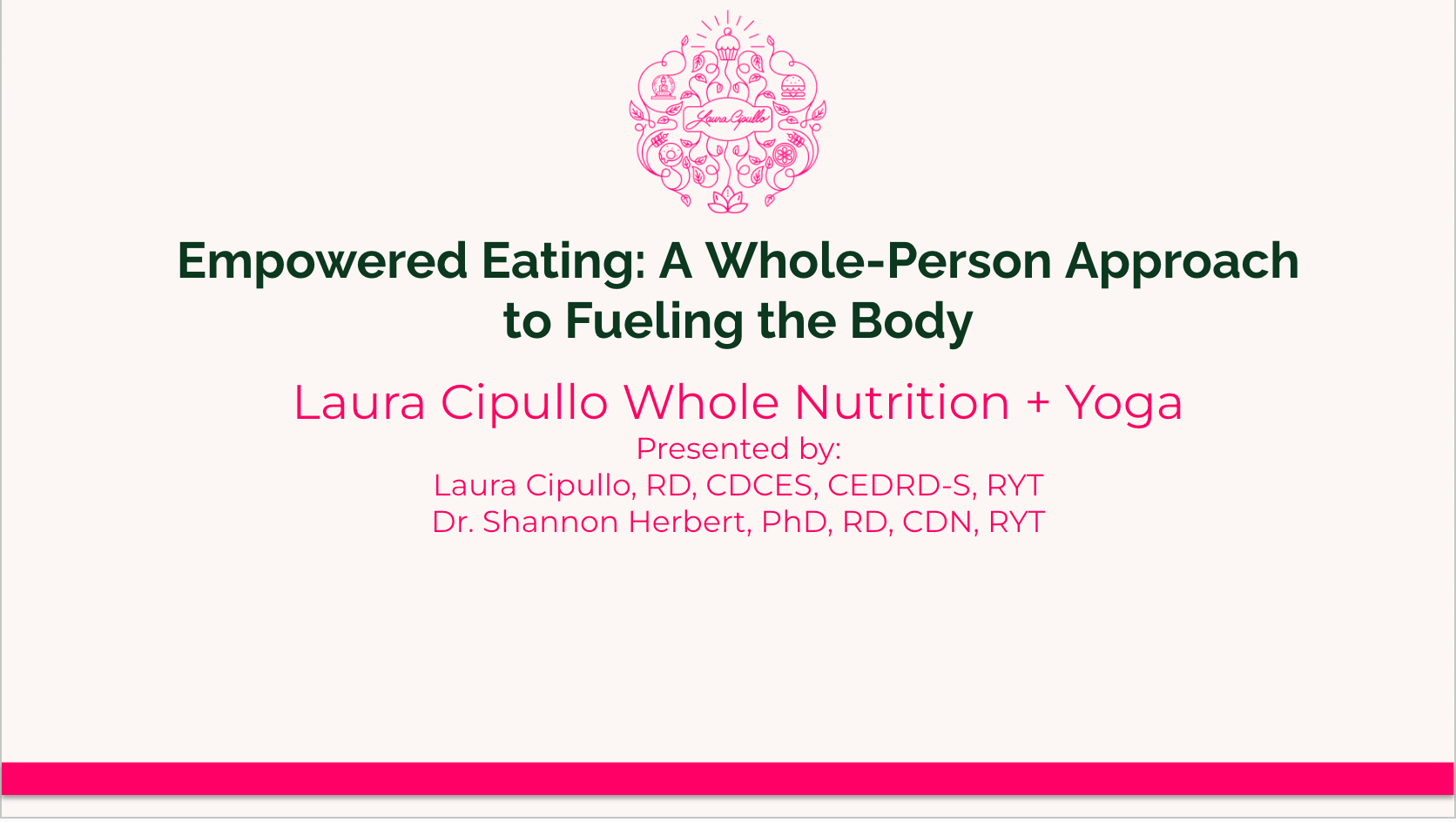Recognizing Your Body’s Ideal Weight: 5 Key Signs

By Paige Mandel, MS RD CDN
With so much chatter in the nutrition space, there is plenty of talk about finding and reaching your “GOAL” weight, but what about finding the “RIGHT” weight? What does that even mean? I put “right” in quotations, since there is no such thing as a right or wrong weight—but we are often asked “what is the right weight for me?”. The “right” weight, is a range in which we like to call your body’s “happy weight”. This weight is a range, not a set number, accounting for things such as fluid shifts and hydration status, that are part of being human!
Everybody’s body is different both genetically and physiologically, therefore there is no one equation that could determine where your body is meant to be. Medical providers may use an ideal body weight formula, or a BMI chart, but it is really up to your own body to determine the right weight for you. Often here at LCWNS, our RD’s will request growth charts, or explore your highest and lowest adult weight and how long each was maintained, to get a better estimate of the range in which your body likely is meant to be. But ultimately, we help you become curious and be your own observer to signs that your body is at your healthy weight.
Additionally, it is important to note the role of what is known as the “set-point theory”. “The set-point theory suggests that body weight is regulated at a predetermined, or preferred, level by a feedback control mechanism”1. According to this theory, our body responds and our metabolism adjusts according to our food intake or energy expenditure (or both) in proportion to the difference between the current body weight and the set point weight2. Thus, our body is always working to be at its “happy weight”, in response to our own individual behaviors.
We can define the “right” weight as a range in which you are not feeling deprived, your labs reveal medical stability within your own normal limits, for women this could mean your hormone levels are within range to menstruate, and most importantly, food/body thoughts and decisions only take up a small fraction of your head space. Here are some signs to explore within your mind and body to help clear up the confusion.
-
You are not HUNGRY all the time
-
You can feel the “in between” of hunger and fullness – you choose to honor your hunger before you feel famished, and respect your fullness before you feel stuffed
-
You do not think about food all the time
-
Intense cravings have diminished now that you’ve granted permission around all foods
-
You can trust your own body – you don’t have to put in extra effort to maintain it
When you are at your body’s happy weight, you aren’t restricting or obsessing. You can rely on and trust your body’s internal cues to tell you when to eat and therefore maintain your weight.
Ask yourself these important questions, am I feeling hungry all the time? Am I constantly thinking about food or my next meal? Do I find myself famished going into each meal? Am I constantly craving a specific food? If your answer to these questions is mostly yes, you’re likely fighting where your body actually wants to be. If your answer to these questions is mostly no, you’re likely at the “right” weight for you and your body- embrace it! Feel empowered by nourishing your body consistently as a form of self-care. Ditch the diet culture that wants you to see a magic number on the scale, remembering how good it feels to be nourished and have the headspace to be present in each moment!
References
- Harris RB. Role of set-point theory in regulation of body weight. FASEB J Off Publ Fed Am Soc Exp Biol. 1990;4(15):3310-3318. doi:10.1096/fasebj.4.15.2253845
- Müller MJ, Bosy-Westphal A, Heymsfield SB. Is there evidence for a set point that regulates human body weight? F1000 Med Rep. 2010;2:59. doi:10.3410/M2-59







